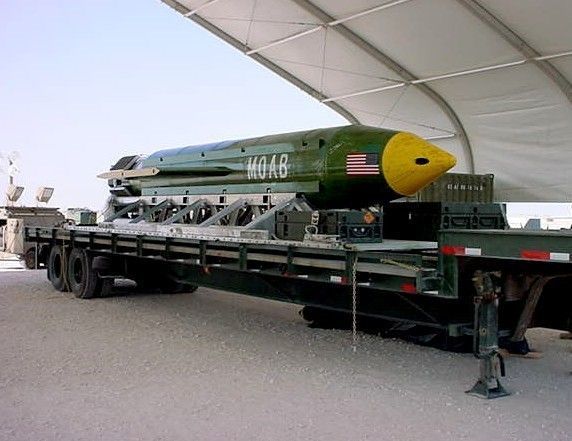
On their website, n+1 has published an editorial from their newly released Spring 2018 issue. The piece draws out the connections between US military aggression abroad and the country’s shocking levels of gun violence at home. Here’s an excerpt:
This dystopian vision of American life is one the country has been actively pursuing for nearly two decades. Soon after September 11, 2001, Americans made a collective decision that in response to a once-in-a-lifetime catastrophe, an event whose scale and devastation were unrepeatable, large swaths of American life, as well as the country’s relationship to most of the world, would be militarized on a permanent basis. Since then, the ways in which politicians and journalists have responded to terrorist attacks and school shootings have been so consistently similar that it seems foolish not to think of the shootings as extensions of the war we are waging around the world, epiphenomena of the war on terror. Public discussions of terrorism and mass shootings both lean heavily, for example, on an exaggerated sense of danger that bears little resemblance to the risks that actually menace us. On American soil, more people have been killed by falling furniture and appliances than by jihadist terrorists since September 11. In schools, roughly two hundred children have been killed by gunfire since 2000. That’s almost twelve children a year — or, to put it another way, about three-hundredths of 1 percent of the thirty-three thousand Americans who have been killed by gunfire every year, on average, over that time period. To allow school shootings to drive the policy debate on gun violence, as they currently do, is like allowing traffic safety policy to be dominated by discussions of the drivers who die when a piano being moved by a crane slips out of its harness and drops onto the roof of a sedan.
Image: The GBU-43, known as the “Mother of All Bombs” (MOAB), which the US dropped on ISIS forces in Afghanistan, April 2017.